All religions have various customs and tradition that are attached to or extend their basic Canon Laws. Different national backgrounds portray various adaptations to religious services that have been passed down among Christian families. Among the Serbian Orthodox faithful, one of the most honored religious customs and traditions that is adhered to is that known as the “KRSNA SLAVA” or “SLAVA”. On this occasion, the Serbian Orthodox family honors its Patron Saint. Although some national groups have patron saints, the family patron saint concept is found only among the Serbian Orthodox . . . no other religious denomination has this custom or tradition.
On this special event, various saints are honored by families commemorating the day when theirs forefathers accepted Christianity. Thus, the “KRSNA SLAVA” has been part of the religious life of the Serbian Orthodox faithful from generation to generation since 765 A.D.
The selection of a particular saint or archangel was based upon two considerations: (1) that the protectors have some special meaning to the family, or (2) because his celebration (feast) day was nearest the day when the family was converted to or accepted Christianity. Because this tradition is handed down on the male side of the family, the daughters celebrate the Slava of theirs husband’s family after marriage. The hos is always the male head of the family.
Church history indicates that those of Serbian origin renounced most customs practiced before Christianity become part of their lives. In place of “gods” of their homes and hearths, the Serbs adopted Christian saints and archangels as theirs protectors.
The greatest and most renowned Serbian religious leader was St. Sava who is credited in the Serbian Orthodox Church with abolishing blood sacrifices and in its stead establishing the Christian symbols that are found in the Slava ritual: the candle (voštanica), the wheat (koljivo), the wine (vino) and the bread (Slavski Kolač).
Tradition has played an important part in the religious life of the Serb faithful and it has resulted as a living testament to our faith in God, to Jesus Christ and the angels and saints. The Slava is still a dominant feature and symbol of the Serb’s religious life at home.
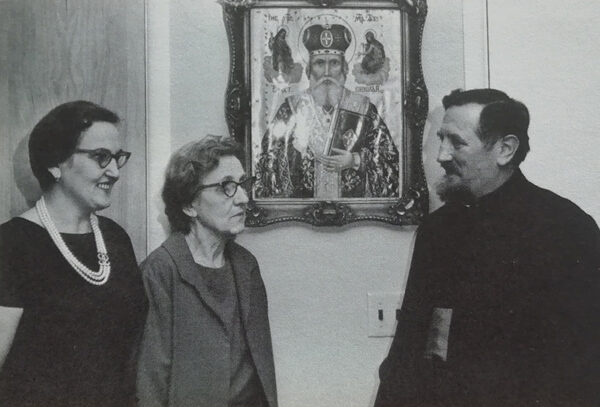
Since every family has a Patron Saint, the faithful place an “ICON” of the Saint in a prominent place in the family residence. On all occasions when the family feels that it needs protection and strenght, the “candilo” which hangs in front of the Patron Saint is lighted and prayers are said by the faithful in front of the “ICON”. Each year, on the Saint Day, reminiscent of the Christian feasts, the family prepares feast, which is prepared by the wife, is symbolic of the agape; thus, the guests at the Serbian Slava are also feted royalty. For many days and in some cases for weeks, the “domachini” (host and hostess) plan and prepare for this special religious and social event.
When the Patron Saint Day arrives, the host and hostess (domachini) greet all the guests and each guest as he enters the domicile greets the host and hostess with the expression, “Sretna Slava”.
After most of the guests have arrived, they gather at the decorated table where prominently displayed in as “ICON” of the Patron Saint, the “Kolač”, a Candle, some Wheat and Wine.
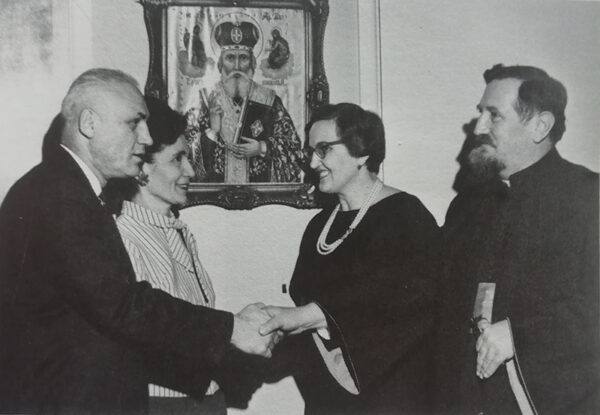
Probably the most significant item in the entire ceremony is the “KOLAČ” (bread). This special bread which is made in honor of the Patron Saints is a tribute to the wife’s baking artistry. It is round, approximately 3 to 5 inches in height, the diameter varies from 5 to 10 inches and it bears a golden brown crust. The “KOLAČ” is a reminder of God’s gift to man.
The “KOLJIVO” (wheat) is prepared in a special manner and although the basic ingredient is wheat, each wife has her own special type of preparation (sugar, honey, etc.) . . . but in all cases the result is a delicious tasting tribute for the occasion. The “KOLJIVO” is symbolic of nativity and life.
The “VOŠTANICA” (candle) is an important symbol in all of our religious ceremonies and therefore has an important part as one of the major symbols in the Slava ritual. The “VOŠTANICA” is a symbol of prayer.
The “VINO” (wine) is used in all of our religious ceremonies and is symbolic of a variety of meaning. It remind us that Christ’s blood was spilled for us and for our salvation. It also in other cases symbolizes rejoicing. It should be noted that in receiving Holy Communion, the Orthodox faithful partake in two kings, “bread and wine”.
The brief “KRSNA SLAVA” prescribed ceremony is said by the priest of the parish or in case it is the Slava of the Priest, then it is performed usually by another Priest.
During the Slava’s religious ceremony, the featured symbol is the “KOLAČ” which is blessed, cut and then wine is poured into it.
Following the above mentioned portion of the ceremony, the priest and “domachini” turn the “KOLAČ” around with their finger tips three times reciting prayers; then each kisses the “KOLAČ” which is then broken in half by the Priest and host and placed on the table. “Christ is Amongst Us”, the Priest states. The celebrants respond, “Indeed He is and Shal Be Forever, Amen”. After additional prayers are spoken or chanted, the home is blessed and the ceremony ends.
However, prior to sitting down at the table to eat, the wife takes the “KOLJIVO” to each guest, who eats a spoonful; the guests then are ready to consume the delicacies which have been prepared.
The type of food the guests will partake in will depend upon when the Slava occurs. During religious seasons such as: “advent” or “lent” or other “fast” periods, then a “strict fast” meal is prepared. On St. Nicholas Day, December 19th, one of the most popular Serbian Slavas, no meat or dairy products are on the menu, instead fish, “gra i zelja”, etc. are prepared. During non-fast periods, a full course meal consisting of such common and popular Serbian dishes as: home made noodle soup, roast fresh pork, barbecued lamb, ham, chicken, etc. are served. This is topped by such Serbian delicacies as: torta, strudel, nut rolls and palachinke. A variety of refreshments provide the “liquid diet” featuring Serbian wines which are used in offering toasts during the celebration.
Throughout the meal and the entire evening, the host and hostess never sit down . . . they continually watch over the guests to see that they are well fed and dined.
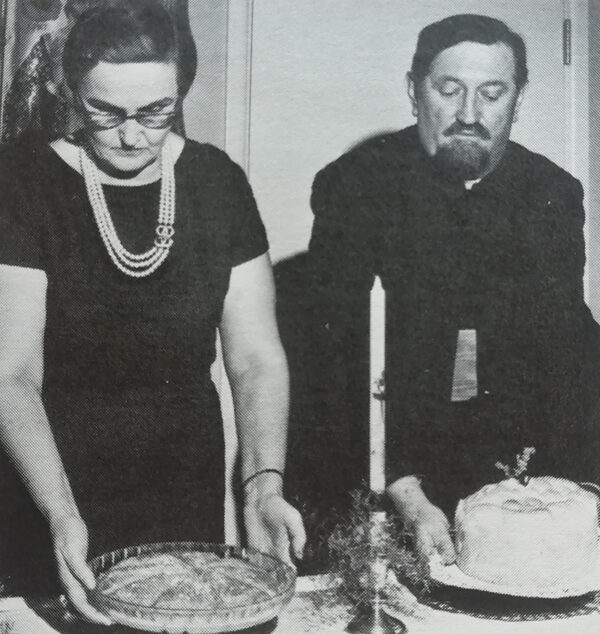
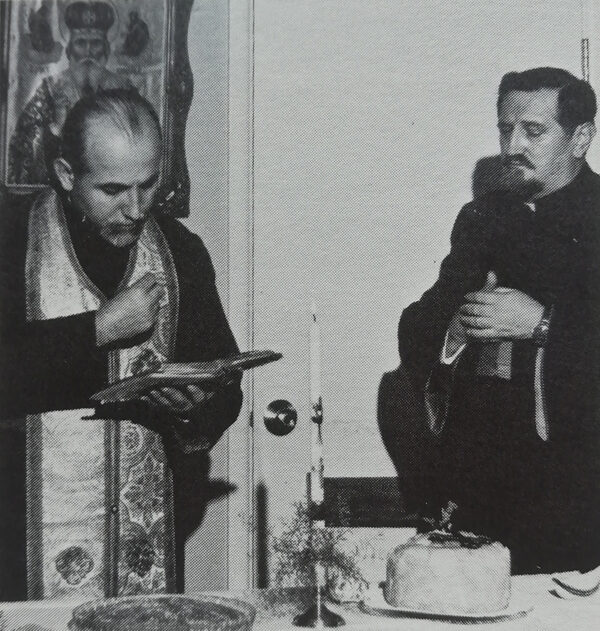
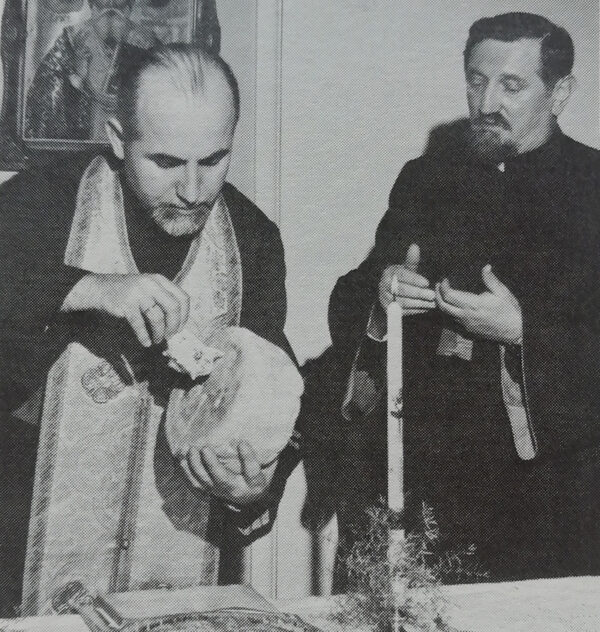
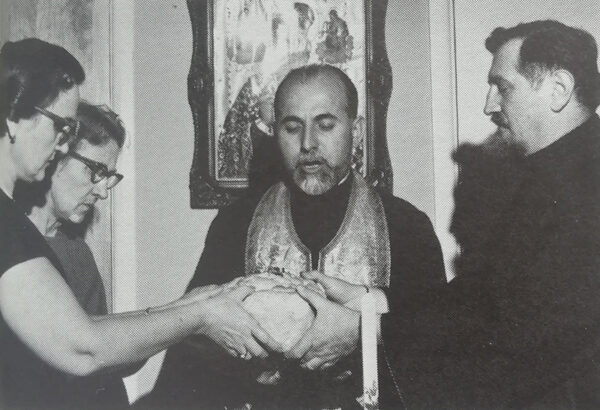
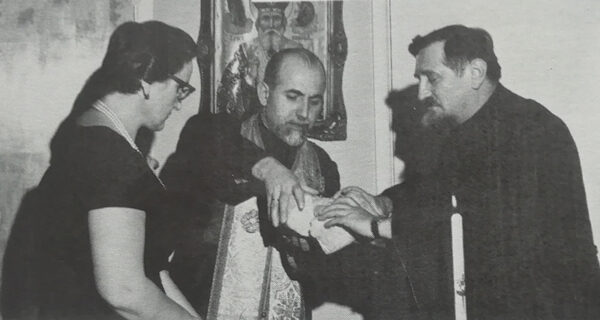
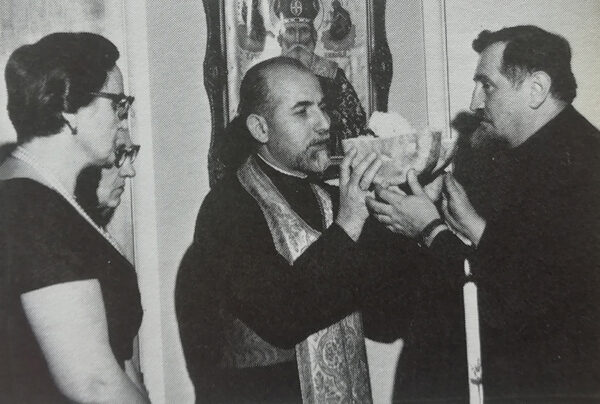
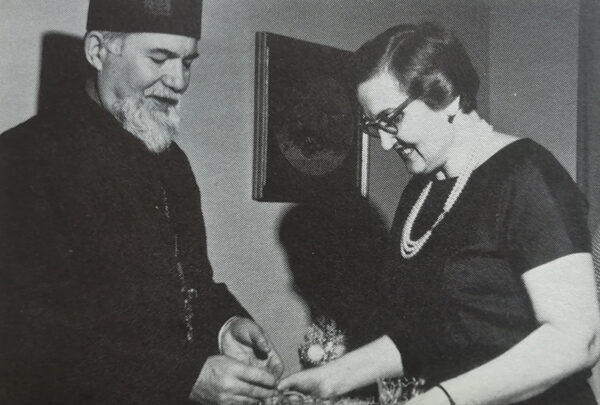
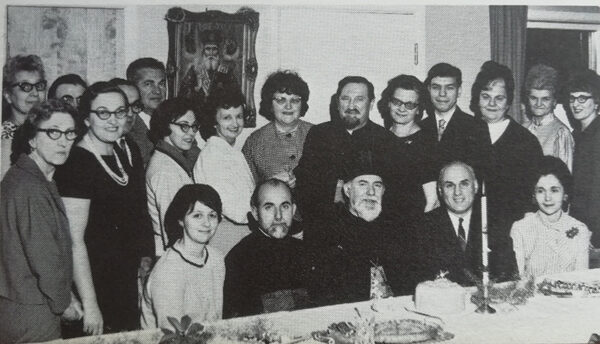
SOURCE: Golden Anniversary St. Stephen Serbian Orthodox Church : 1917-1967, New York : Lackawanna, 1967, pg. 196-197












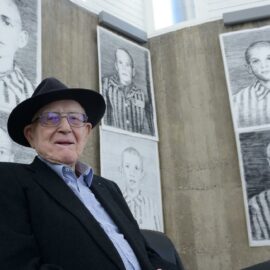
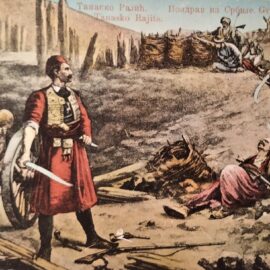
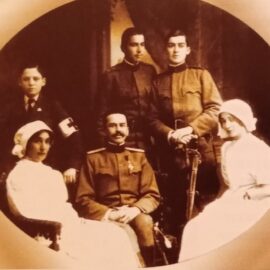
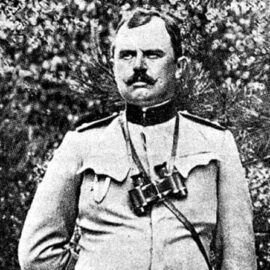
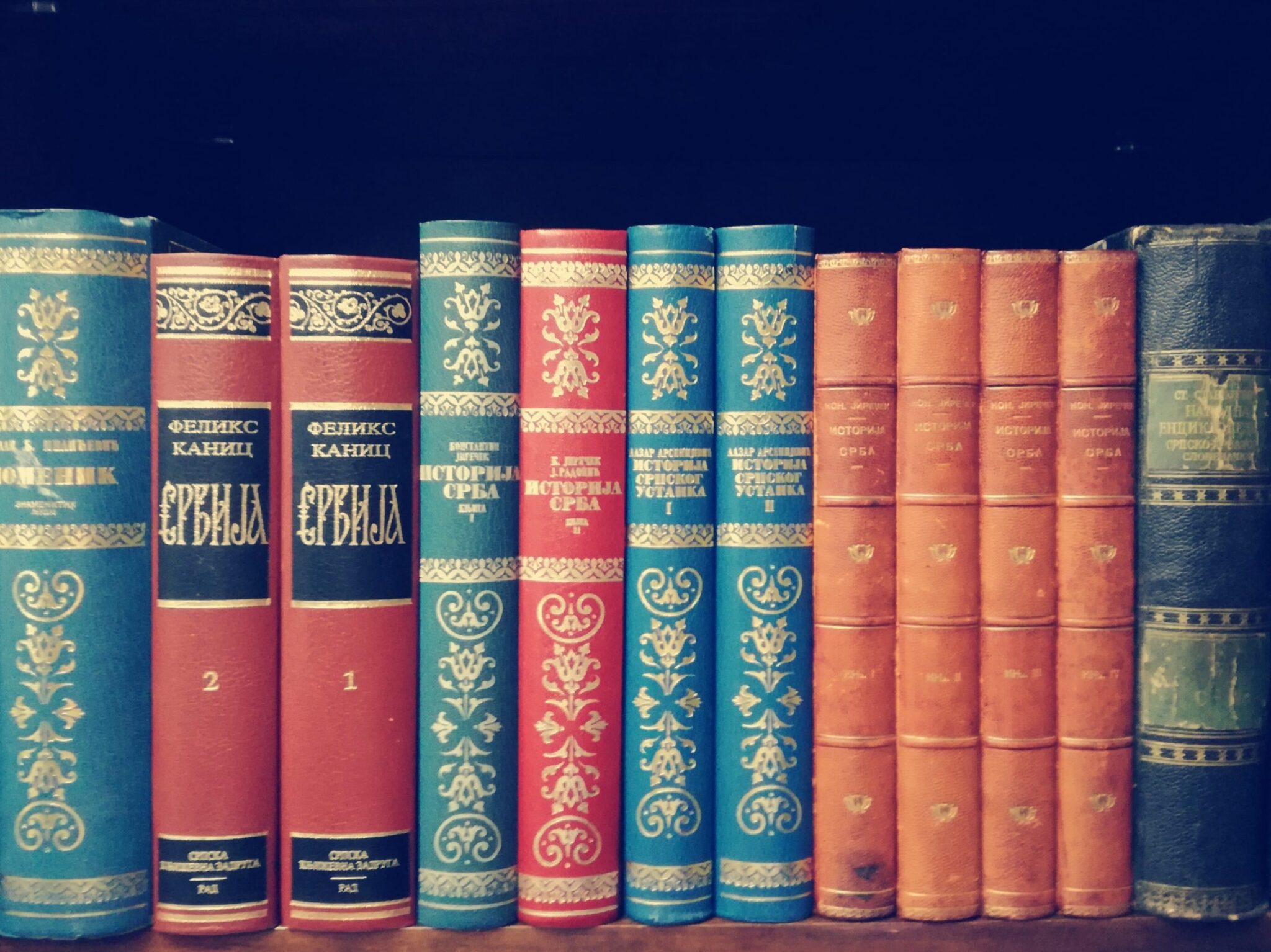
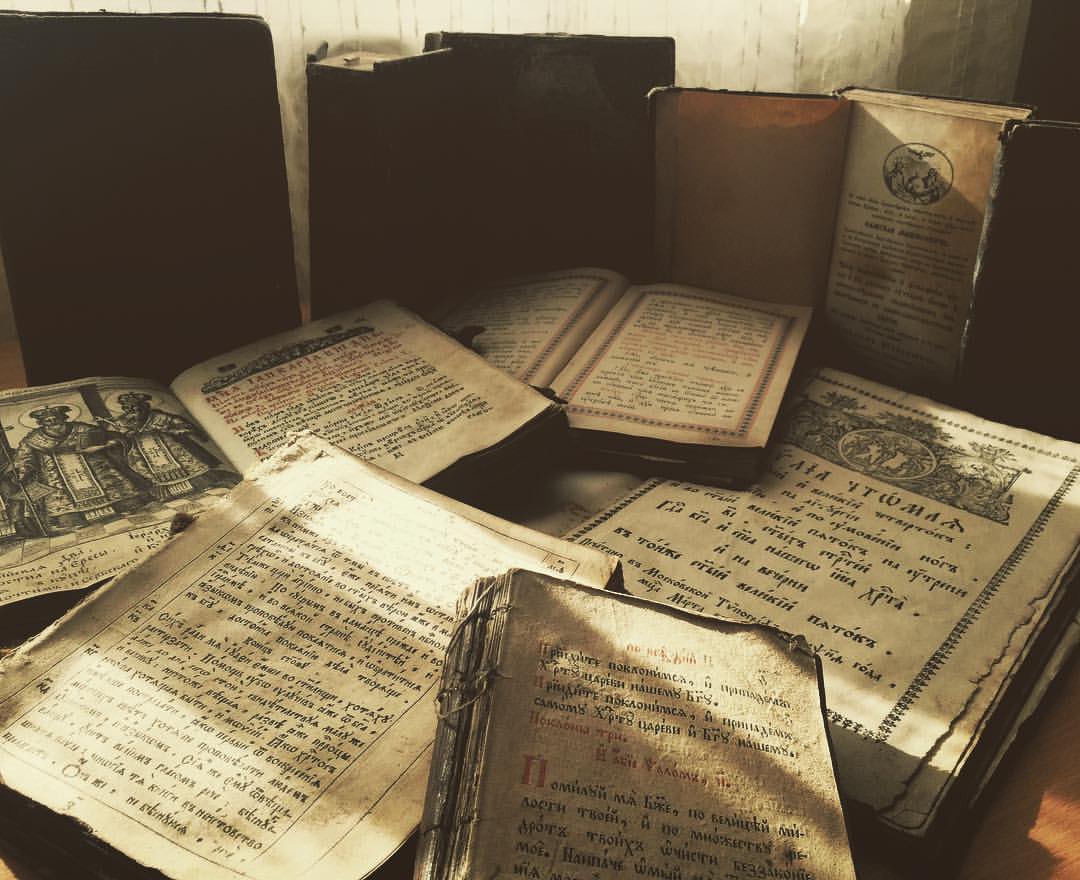
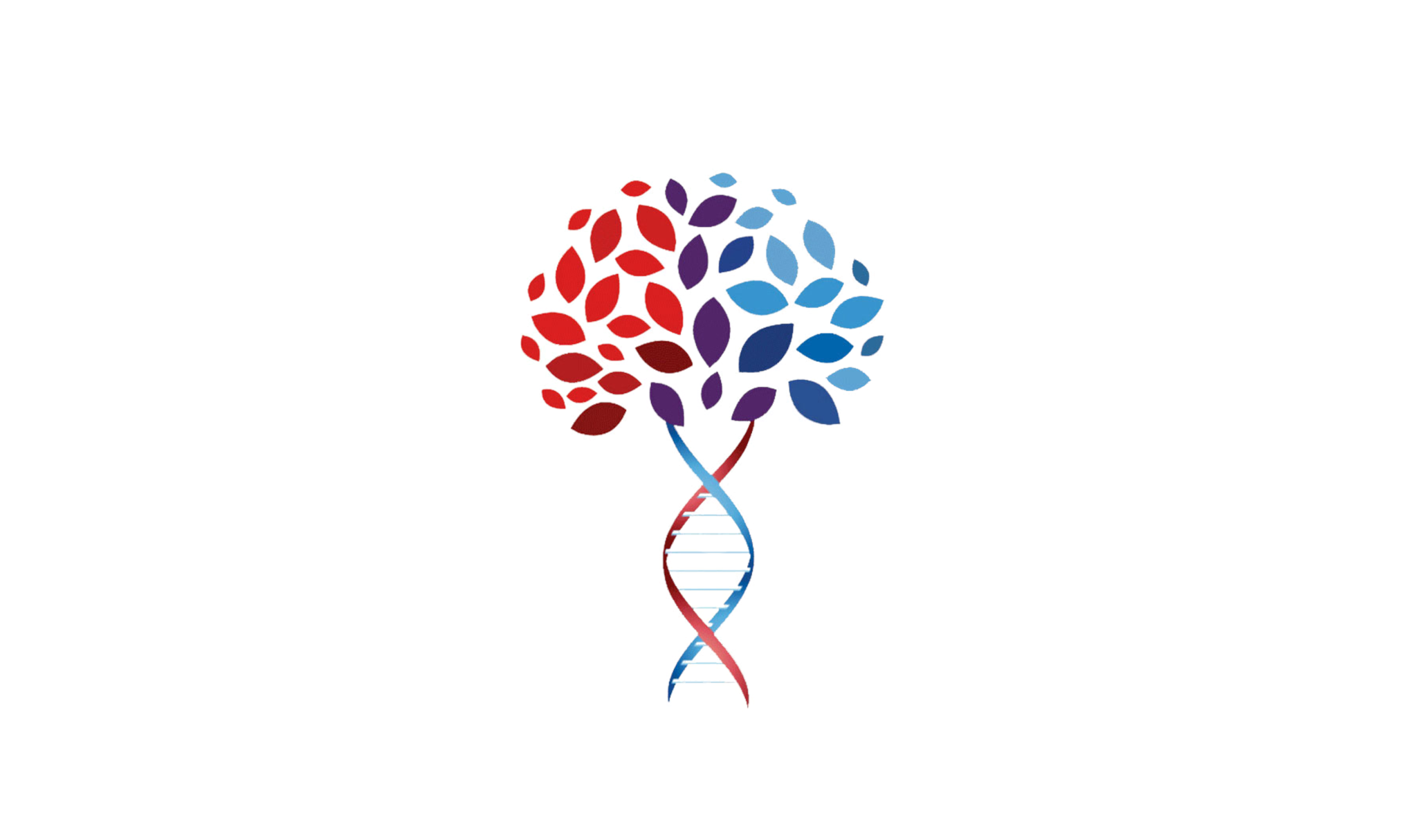

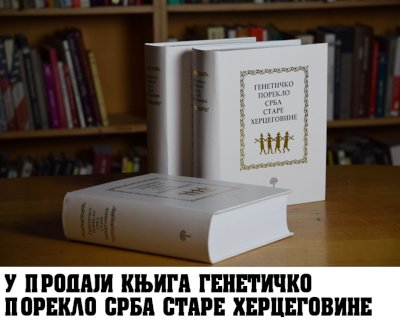
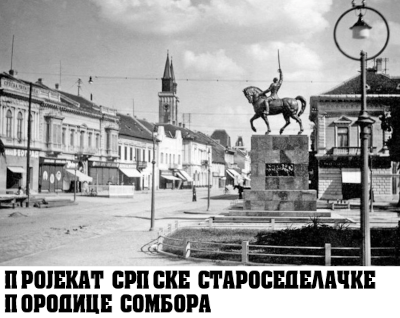
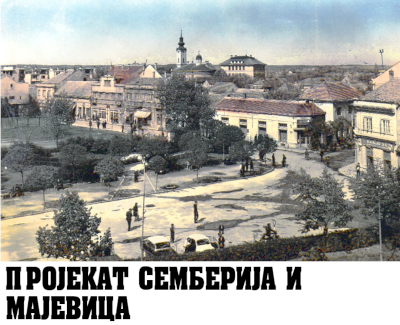
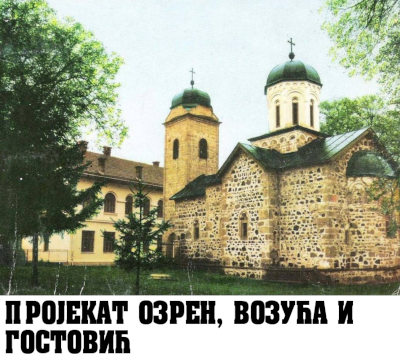
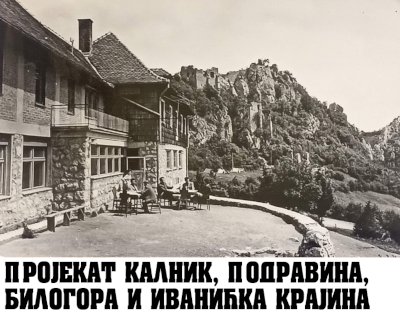
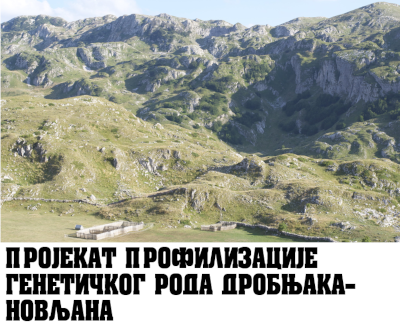
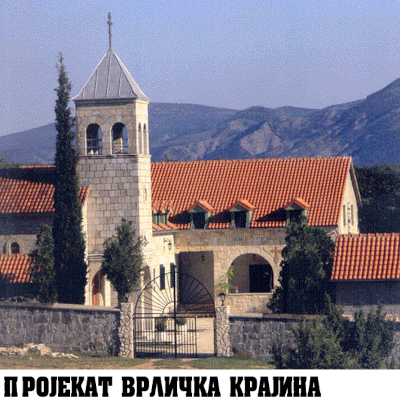

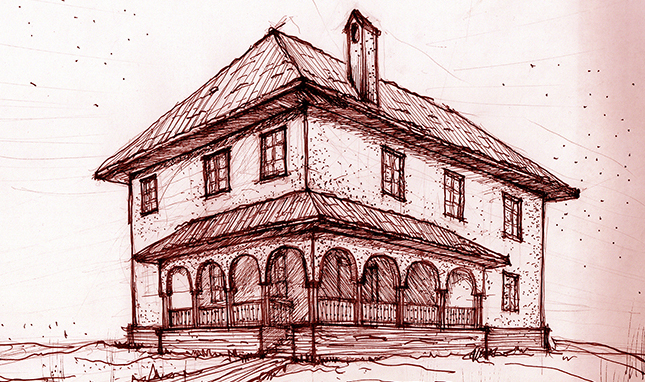

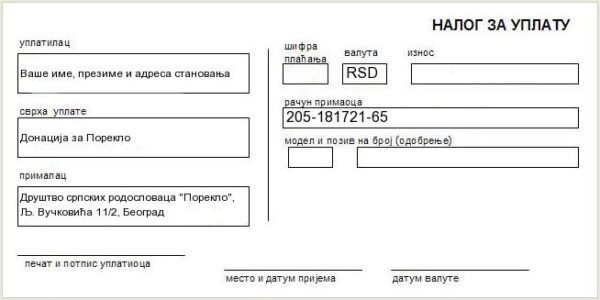
Komentari (0)